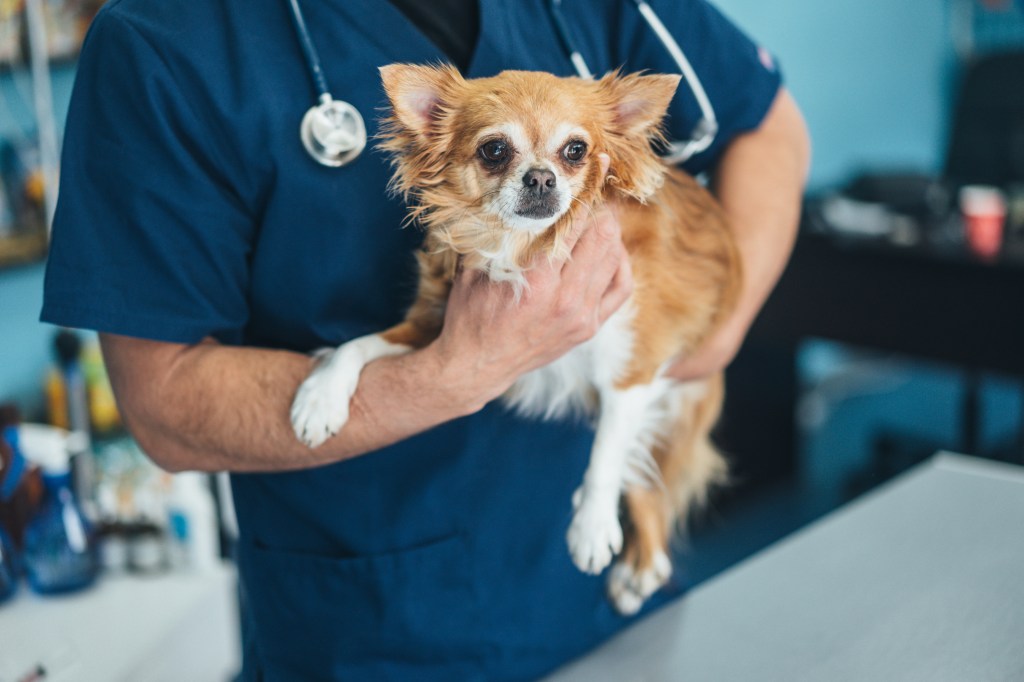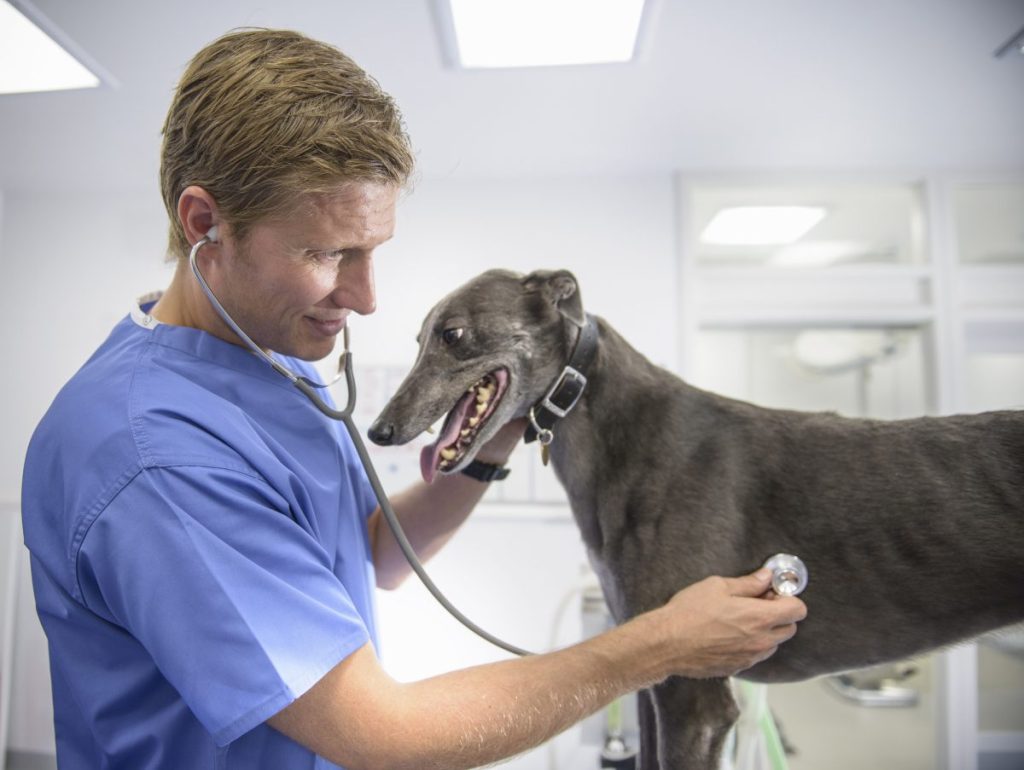Anesthesia sensitivity in dogs refers to a heightened sensitivity to anesthetic agents used during medical procedures. This can range from mild to severe, depending on the individual dog. Anesthetic agents are supposed to render a dog unconscious and insensitive to pain during surgery or other procedures. However, dogs with anesthesia sensitivity or intolerance may experience unusual reactions, including slower recovery times and, in severe cases, life-threatening complications.
Here’s what you should know about the symptoms, causes, and treatments for the condition.
Symptoms of anesthesia sensitivity in dogs
Identifying anesthesia sensitivity in dogs can be challenging because symptoms often don’t appear until the animal is already under anesthesia. This makes immediate recognition and response critical. Some of the most common symptoms of anesthesia intolerance include:
- Excessive salivation or drooling
- Prolonged recovery time
- Low blood pressure
- Abnormal heart rate
- Difficulty breathing or apnea
- Body temperature fluctuations
If your dog exhibits any of these symptoms during or after anesthesia, the veterinary team will need to take immediate steps to manage the reaction and support your dog’s recovery.
Causes of anesthesia sensitivity in dogs

Several factors can contribute to a dog’s sensitivity or intolerance to anesthesia, including:
- Genetic predisposition: Some dog breeds are genetically predisposed to anesthesia sensitivity. For example, Greyhounds, Whippets, and other sighthound breeds have less body fat, which affects how they metabolize certain drugs. This can lead to longer recovery times. Similarly, specific genetic mutations can impact how a dog processes anesthetic drugs. The MDR1 gene mutation, prevalent in herding breeds — such as Collies, Australian Shepherds, Border Collies, Shetland Sheepdogs, and Old English Sheepdogs — affects the blood-brain barrier and can lead to increased sensitivity to certain drugs.
- Size and body composition: Small or toy breeds and brachycephalic breeds like Bulldogs and Pugs often face greater risks under anesthesia. Their unique physical structures can lead to complications with breathing and maintaining airway patency under sedation. Moreover, small breeds may be more prone to hypothermia and hypoglycemia under anesthesia. Conversely, large or obese dogs are also at a higher risk due to the effects of excess fat on drug distribution and metabolism.
- Age: Older dogs and those with underlying health issues — such as heart, liver, or kidney diseases — are at an increased risk of anesthesia complications. The age-related decline in organ function affects the metabolism and excretion of anesthetic agents, thereby enhancing sensitivity. Similarly, young puppies might also be more sensitive due to their undeveloped organ systems.
- Anesthetic agents: The type of anesthetic agent used can also influence a dog’s sensitivity. Some anesthetics are more potent or have longer half-lives. Therefore, choosing the appropriate drug and dosage is crucial for the safety of the dog. Modern anesthetic protocols often involve a combination of agents to minimize the dose and impact of each, reducing the overall risk.
Treatments for anesthesia sensitivity in dogs
If your dog has anesthesia sensitivity, or if you suspect they might, informing your veterinarian is the first step. From there, treatments and preventive measures can vary but often include:
- Pre-anesthetic screening: Before any anesthetic procedure, your vet will conduct a thorough pre-anesthetic screening that includes a complete physical examination and a review of your dog’s medical history. Blood tests, urinalysis, and sometimes even more specific diagnostic tests like electrocardiograms (ECG) or X-rays are performed to assess your pet’s overall health and to identify any potential risk factors.
- Tailored anesthetic protocol: Based on the results of the pre-anesthetic assessment, your veterinarian will customize the anesthetic protocol to suit your dog’s needs. They will select specific drugs known to be safer for sensitive dogs, adjust dosages, and employ a multi-modal anesthesia approach, where multiple types of analgesia are used to minimize the overall dose of any one drug.
- Monitoring and support: Continuous monitoring is critical during the procedure. Advanced monitoring equipment will track your dog’s heart rate, blood pressure, body temperature, and oxygenation levels, ensuring that any signs of sensitivity are detected early.
- Post-anesthetic care: The veterinary team will continue to closely monitor your dog as they recover from the anesthesia. Additionally, your vet will provide instructions on caring for your dog once you’re back home. This may include pain management, dietary recommendations, and signs of potential post-anesthetic complications to watch for.
Remember, every dog is unique, and with the right precautions, most dogs with anesthesia sensitivity can successfully undergo necessary procedures with minimal complications. As such, communication with your vet is crucial. Discuss your dog’s risk factors and any concerns you may have about anesthesia well before any planned procedures. Being proactive and informed will help ensure the safest possible outcome for your dog.









